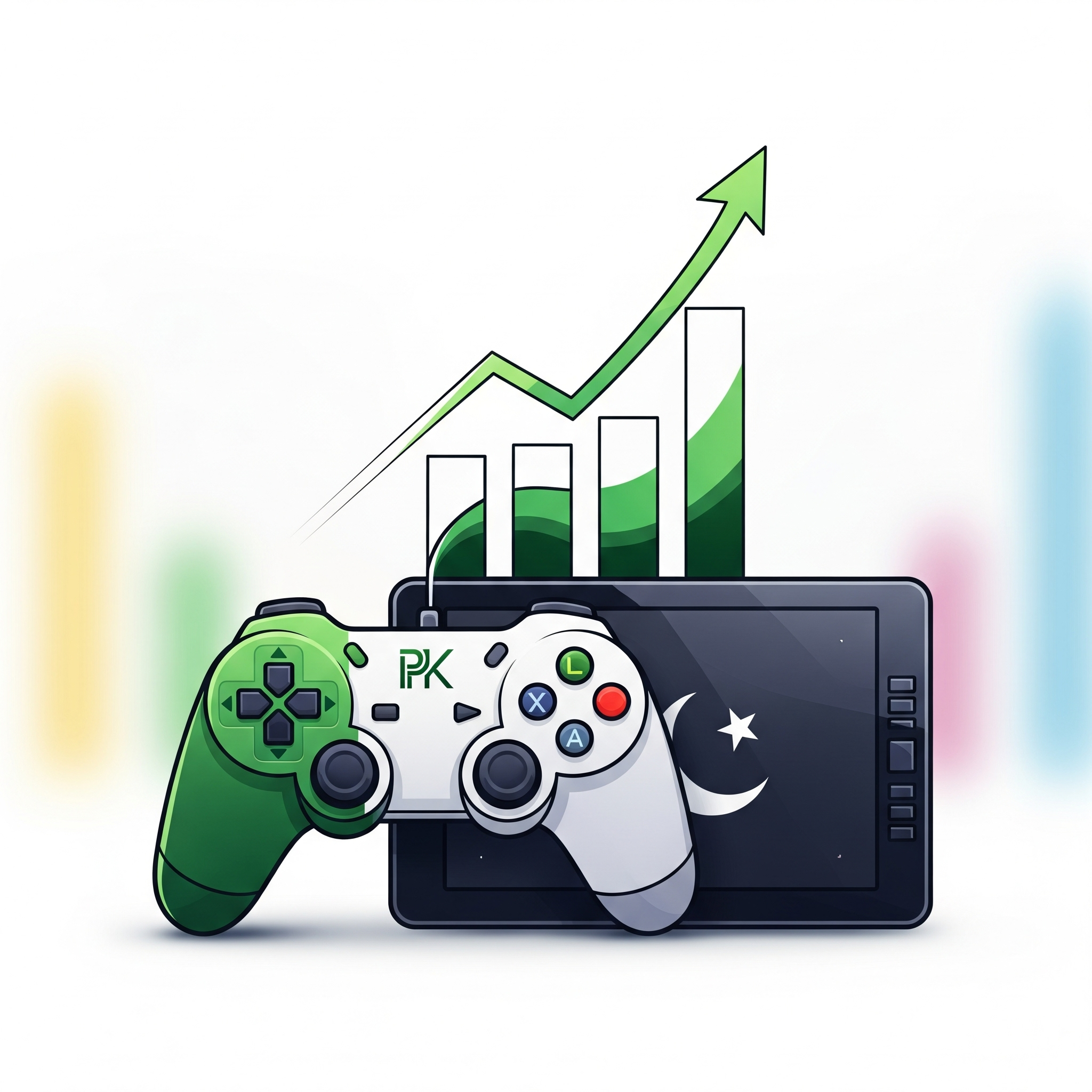
The Role of Pre-Production in Game Development
Game development is a complex, multi-stage process that requires creativity, technical skills, and efficient project management. Among its various stages—pre-production, production, and post-production—the pre-production phase holds a critical role in shaping the direction, feasibility, and ultimate success of a game. It acts as the blueprint of the project, laying down the foundation on which designers, developers, and artists build the final product.
What is Pre-Production in Game Development?
Pre-production is the initial stage of game development where ideas, concepts, and strategies are formed before actual coding or asset creation begins. It is the planning and conceptualization phase where the vision of the game is defined, resources are mapped, risks are identified, and goals are set.
This phase does not involve creating a complete playable game but instead focuses on documentation, prototypes, design sketches, storyboarding, and technical planning.
Key Components of Pre-Production
- Concept Development
Developers brainstorm core ideas, gameplay mechanics, and the game’s theme.The game’s genre, target audience, and unique selling points (USPs) are determined.
-
Game Design Document (GDD)
The GDD is a detailed document outlining the gameplay mechanics, storylines, characters, levels, controls, UI/UX flow, and more.It serves as a reference point for the entire development team throughout the project.
-
Storytelling and Narrative Design
Writers and narrative designers craft the storyline, dialogue, and character backstories.This ensures the game world feels immersive and engaging.
- Technical Planning
Developers decide on the game engine (Unreal, Unity, etc.), programming languages, platforms (PC, console, mobile), and required tools.Risks and technical limitations are identified early.
- Prototyping
Small-scale prototypes of mechanics, art style, or core gameplay are created.This helps validate whether the idea is fun, practical, and technically feasible.
- Resource & Budget Planning
Project managers estimate the time, team size, and costs needed.Helps in avoiding overspending and delays
- Art Direction & Style Guide
The visual theme, color palette, and artistic style (realistic, stylized, cartoonish, etc.) are defined.Concept art is prepared to guide 3D modelers, animators, and environment designers.
Why Pre-Production Matters
Skipping or rushing pre-production often leads to scope creep, wasted resources, or games that fail to resonate with players. This stage answers critical questions: What makes the game unique? Who is the target audience? Is the idea technically possible within time and budget? What is the roadmap for production and post-production?By addressing these early, developers minimize costly mistakes during full production.
Pros of Pre-Production in Game Development
Clear Vision & Direction, Ensures the whole team is aligned with the game’s objectives, story, mechanics, and art style.Identifies technical challenges, market risks, and creative flaws before heavy investment begins.Prevents wasted time and budget by planning team size, tools, and timelines.Early prototypes allow testing of gameplay mechanics and user experience before committing to full development. Establishes a common ground (through GDD and style guides) for designers, developers, writers, and artists to work cohesively.Increases the chances of creating a polished, market-ready product that meets player expectations.
Example in Action
For instance, when CD Projekt Red began pre-production on The Witcher 3: Wild Hunt, they invested years into building the story, designing the open world, and prototyping combat systems. This groundwork ensured that production ran more smoothly, resulting in one of the most acclaimed RPGs of all time. Conversely, poorly handled pre-production has caused many studios to cancel games mid-development due to technical infeasibility or lack of direction.
Conclusion
Pre-production is not just a preliminary step—it’s the backbone of successful game development. It transforms raw ideas into actionable plans, prevents costly mistakes, and aligns the creative and technical teams toward a shared vision. A strong pre-production phase saves time, money, and effort, while maximizing creativity and innovation. In short, great games are built on great pre-production.


